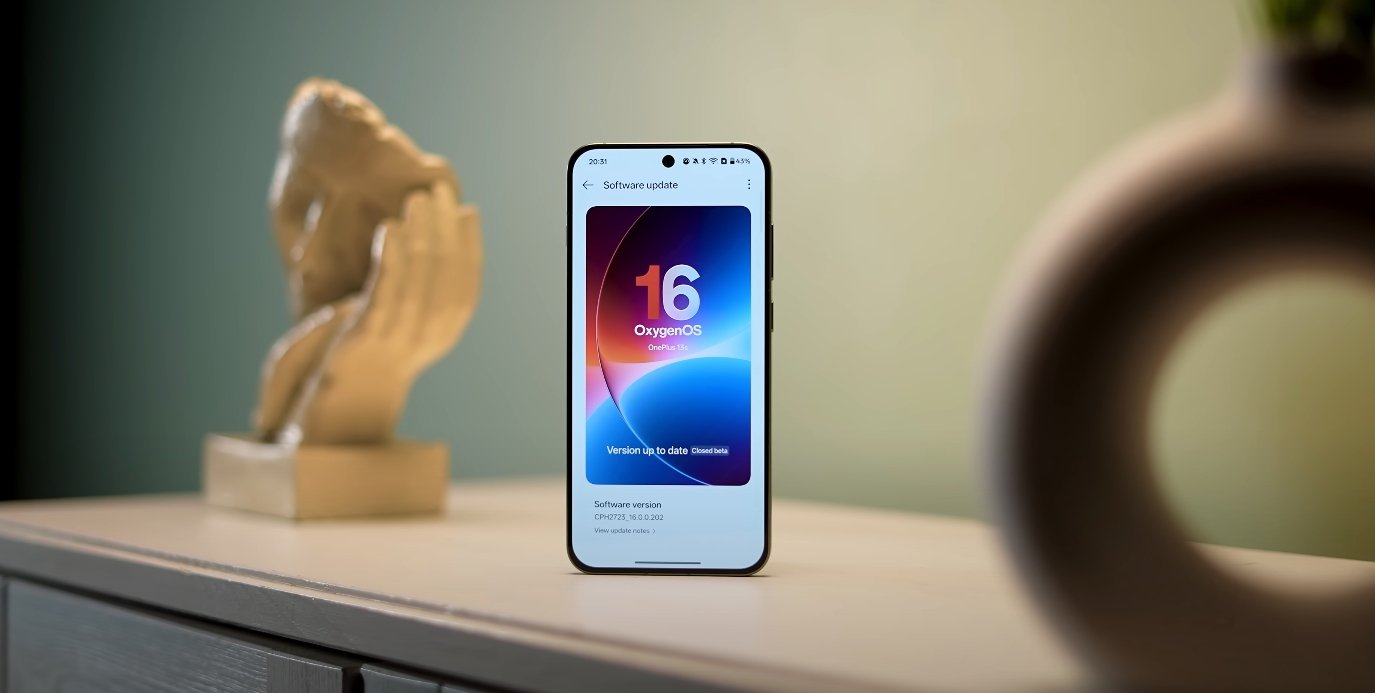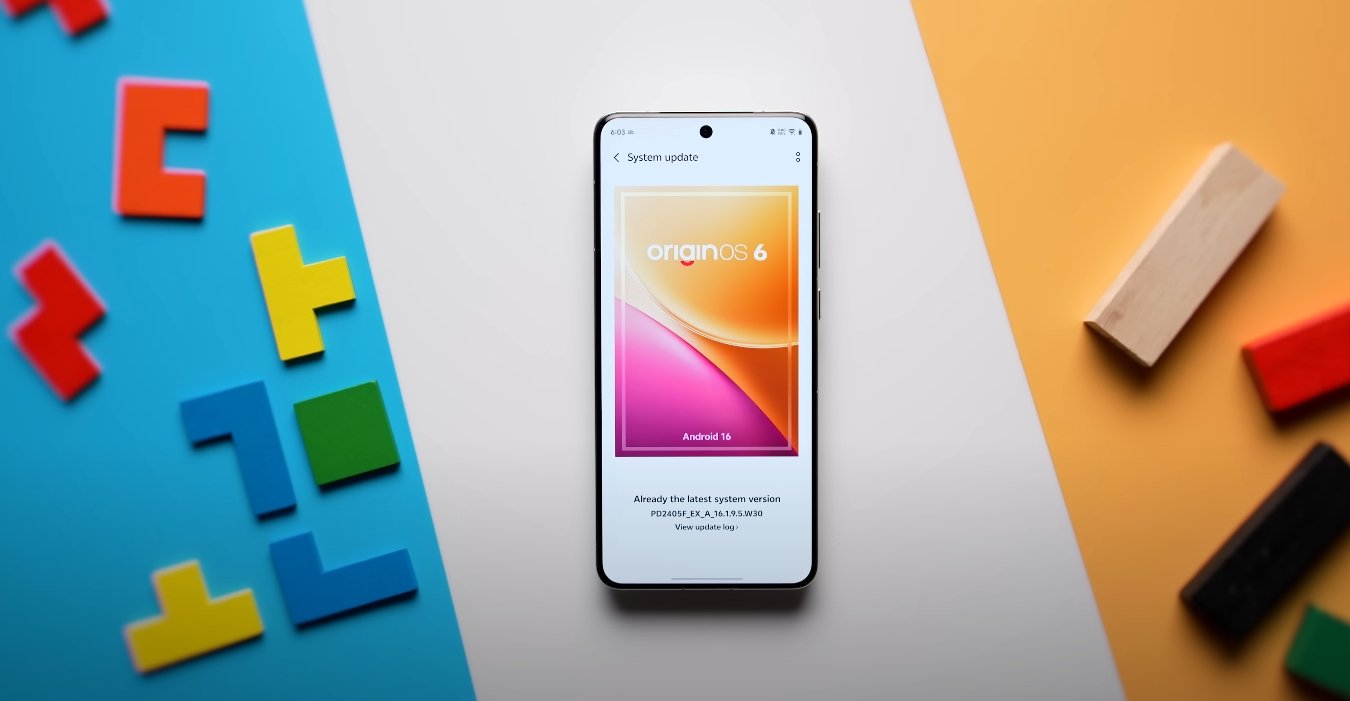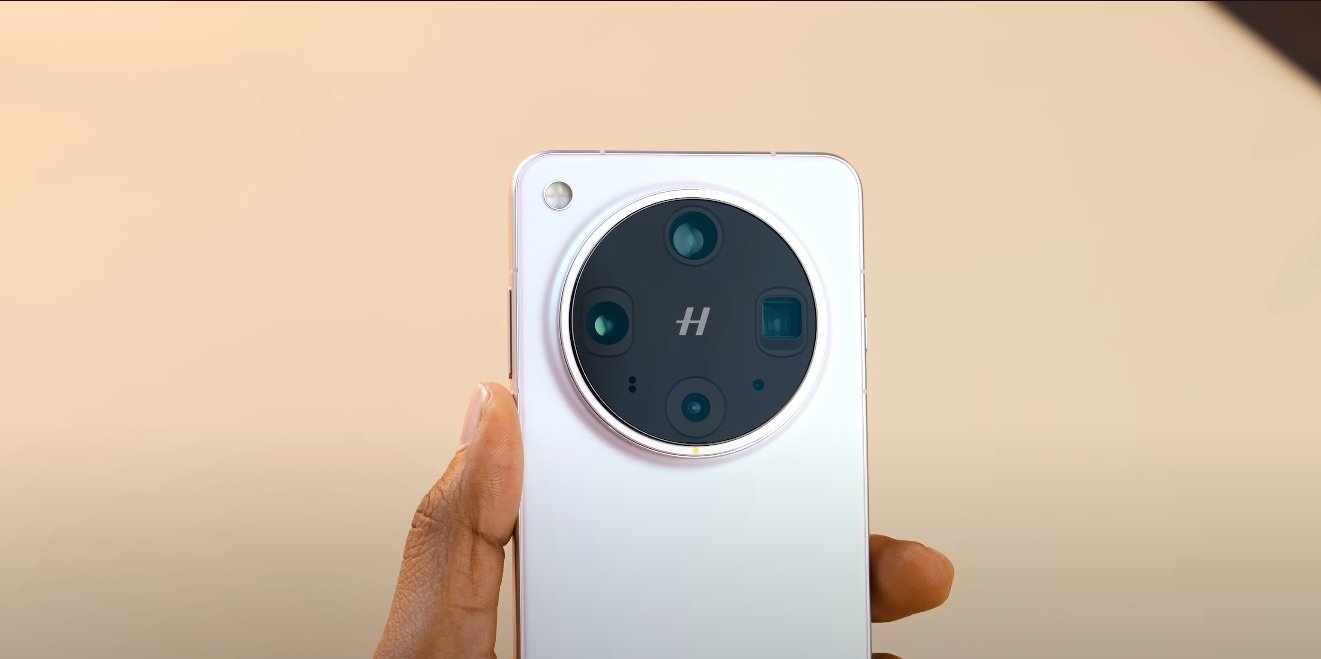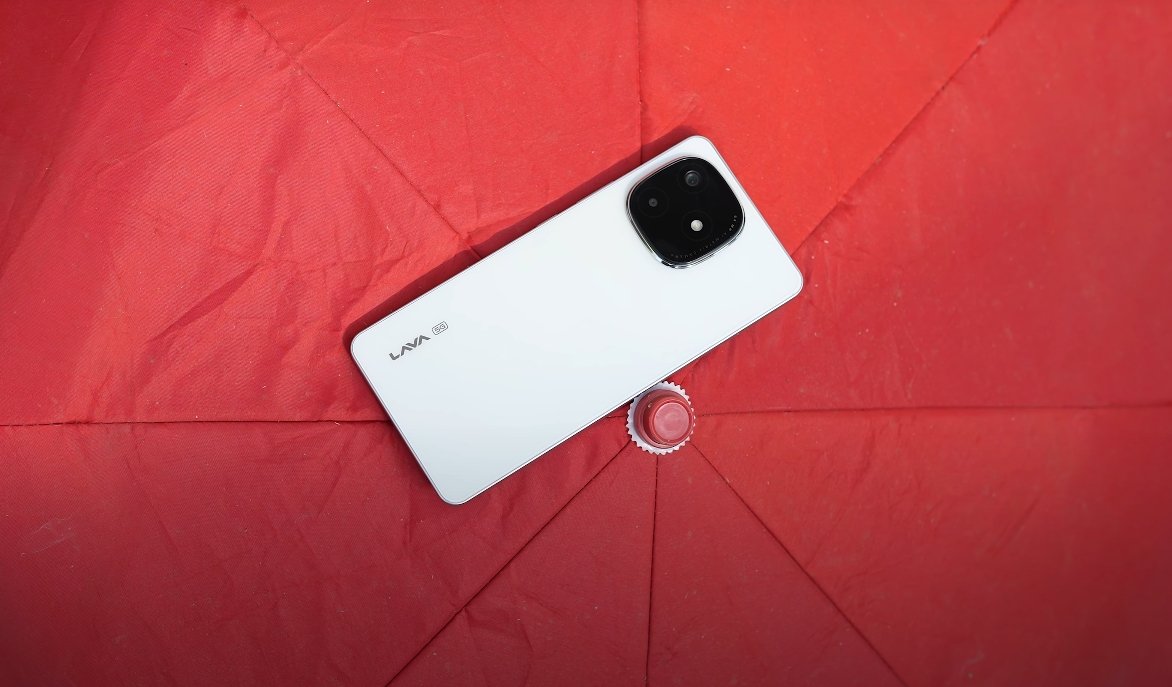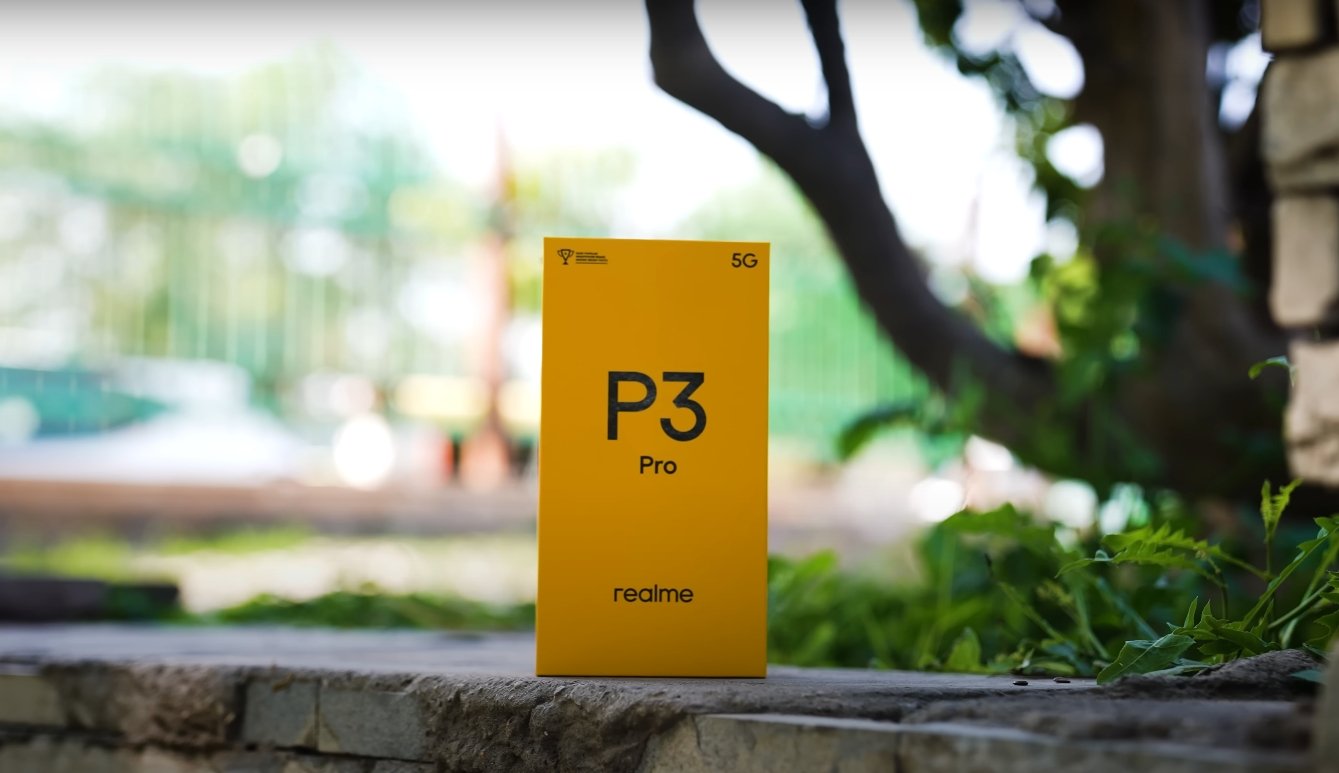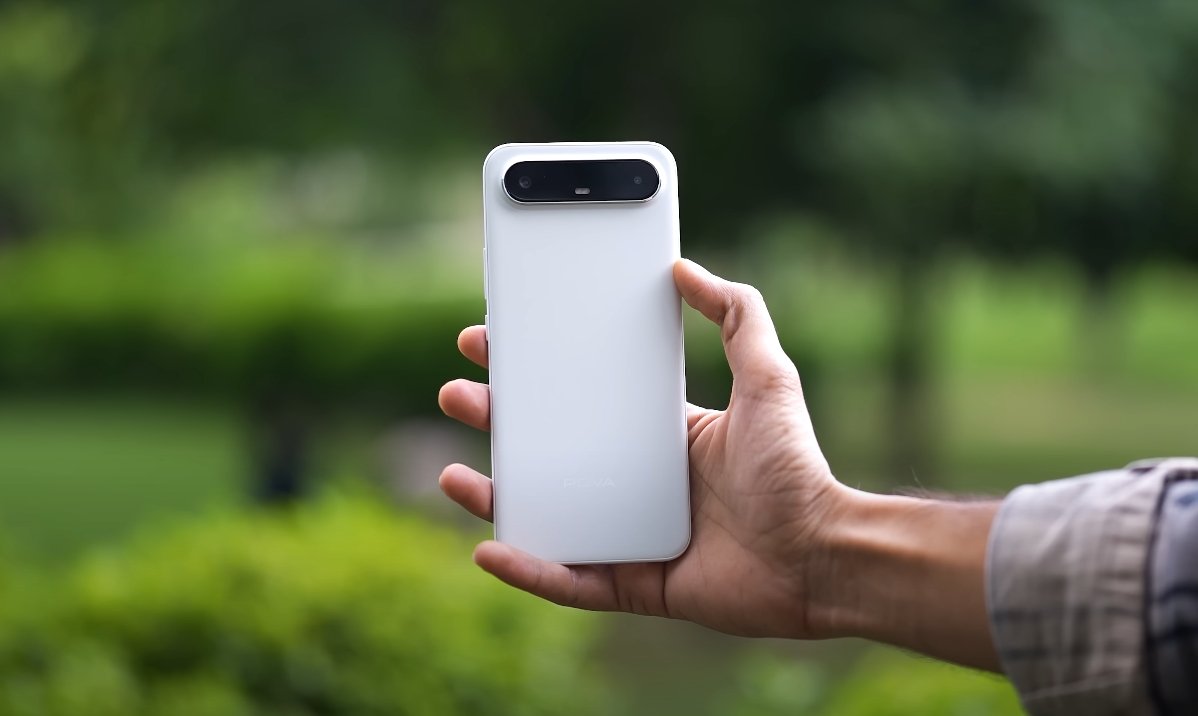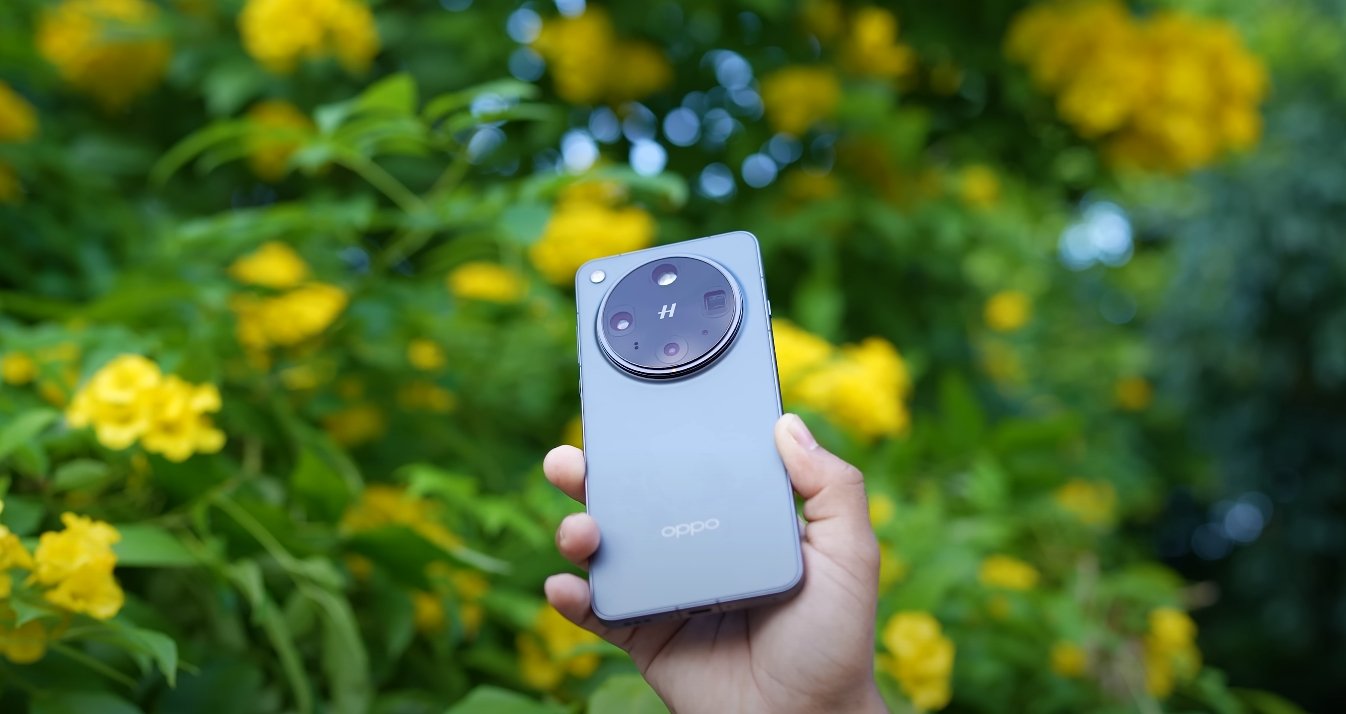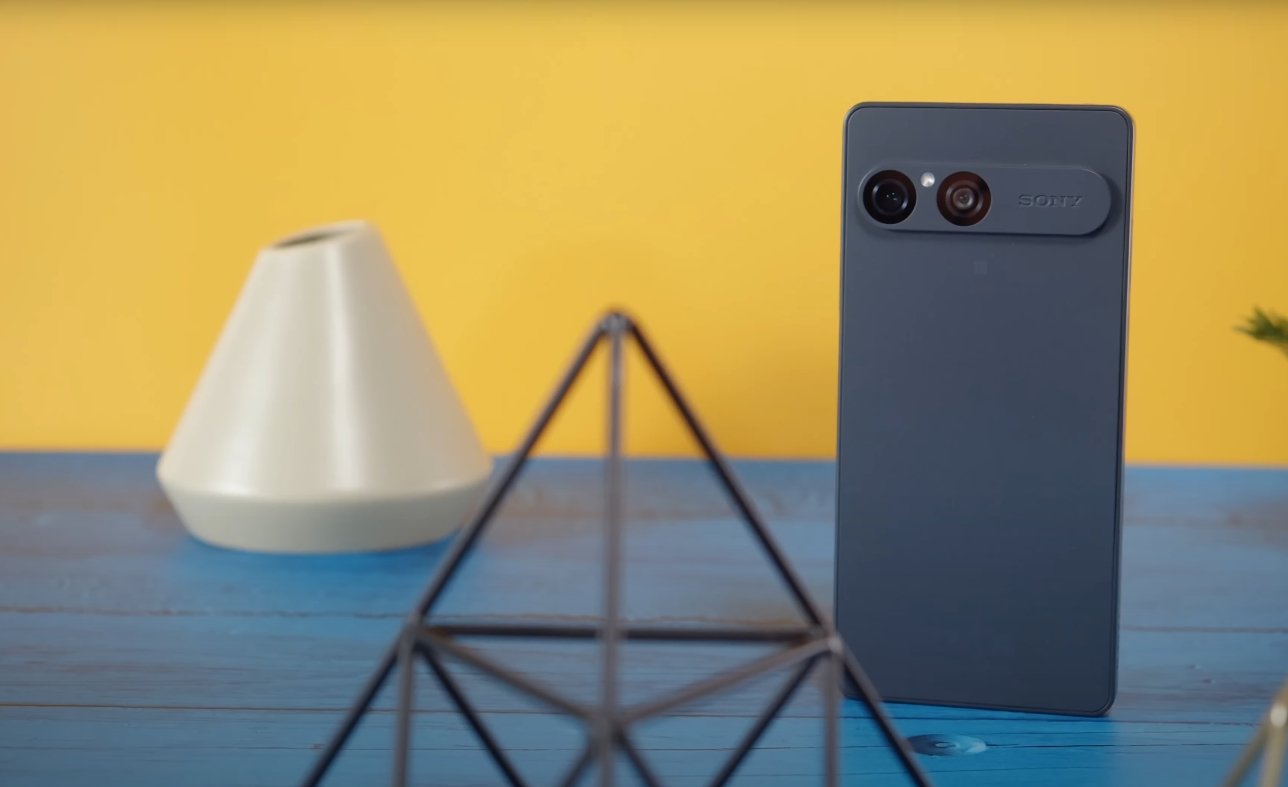Comparing OxygenOS 16 and ColorOS 15: Features and Performance
OxygenOS 16 and ColorOS 15 are two leading Android-based operating systems, each offering unique enhancements. Both focus on performance, security, and AI integration, but they approach these elements differently. Users now have several options depending on their priorities, from speed and multitasking to visual design and privacy.
In terms of user interface and animations, OxygenOS 16 emphasizes smooth transitions and responsiveness. Its “Flow Motion” and “Zero-Lag Multitasking” features make app switching and navigation faster. Refined icons, translucent elements, and polished system gestures contribute to a light and fluid experience. ColorOS 15, on the other hand, focuses on visually rich interfaces. Its dynamic lighting, natural shadow effects, and Aurora Engine animations provide depth and texture, giving users a more colorful and immersive experience. While both offer impressive visual enhancements, OxygenOS leans toward minimalism and speed, whereas ColorOS emphasizes style and fluidity.
Multitasking is another area of difference. OxygenOS 16 allows resizing and floating windows, improved split-screen capabilities, and smoother app switching, especially on larger screens and tablets. ColorOS 15 offers similar split-screen functionality, faster app installations, and smoother multitasking transitions through performance optimizations and parallel animations. OxygenOS provides more control and flexibility for multitasking power users, while ColorOS prioritizes ease of use and visually smooth transitions.

AI integration is a strong feature in both systems. OxygenOS 16 includes Google Gemini models, system-wide AI enhancements, personalized themes, and smarter Always-On Display options. Users can benefit from AI-driven suggestions and predictive behavior based on usage patterns. ColorOS 15 focuses on AI for creative tools such as photo editing, document enhancements, and AI assistants for productivity. OxygenOS leans toward personalization and system intelligence, whereas ColorOS emphasizes content creation and AI-assisted utilities.
Privacy and security have been enhanced in both operating systems. OxygenOS 16 introduces the Private Computing Cloud, stronger encryption, auto-reset permissions for unused apps, remote lock protection, and Identity Check for unauthorized access. ColorOS 15 strengthens encryption, smart clipboard protection, improved permission controls, and secure data handling. OxygenOS emphasizes device-level protection and lost-device security, while ColorOS focuses on data management and granular permission control.
Performance and efficiency improvements are notable in both updates. OxygenOS 16 is designed for “Zero-Lag” multitasking, optimized memory management, smoother app transitions, and adaptive battery optimization. ColorOS 15 delivers faster app responsiveness, system stability, and better resource allocation across both high-end and mid-range devices. OxygenOS favors high-load scenarios like gaming and multitasking, while ColorOS prioritizes overall smoothness and consistent performance.
Customization options differ as well. OxygenOS 16 offers Flux Themes 2.0, dynamic wallpapers, lock screen customization, and control over icon shapes, layouts, and visual effects. ColorOS 15 provides dynamic themes, customizable home and lock screens, icon adjustments, and refined transition effects. OxygenOS offers more granular control over visual elements, while ColorOS emphasizes an overall polished and aesthetic experience.
Overall, OxygenOS 16 excels for users who prioritize high performance, multitasking flexibility, and device security. ColorOS 15 stands out for those seeking AI-assisted creativity, visually immersive themes, and strong privacy controls. Choosing between them depends on whether a user values speed and control or a visually rich and AI-enhanced experience. Both systems provide a compelling Android experience tailored to different user needs.
Also Read: Oppo Find X8 Ultra vs iPhone 15 Pro Max zoom result
